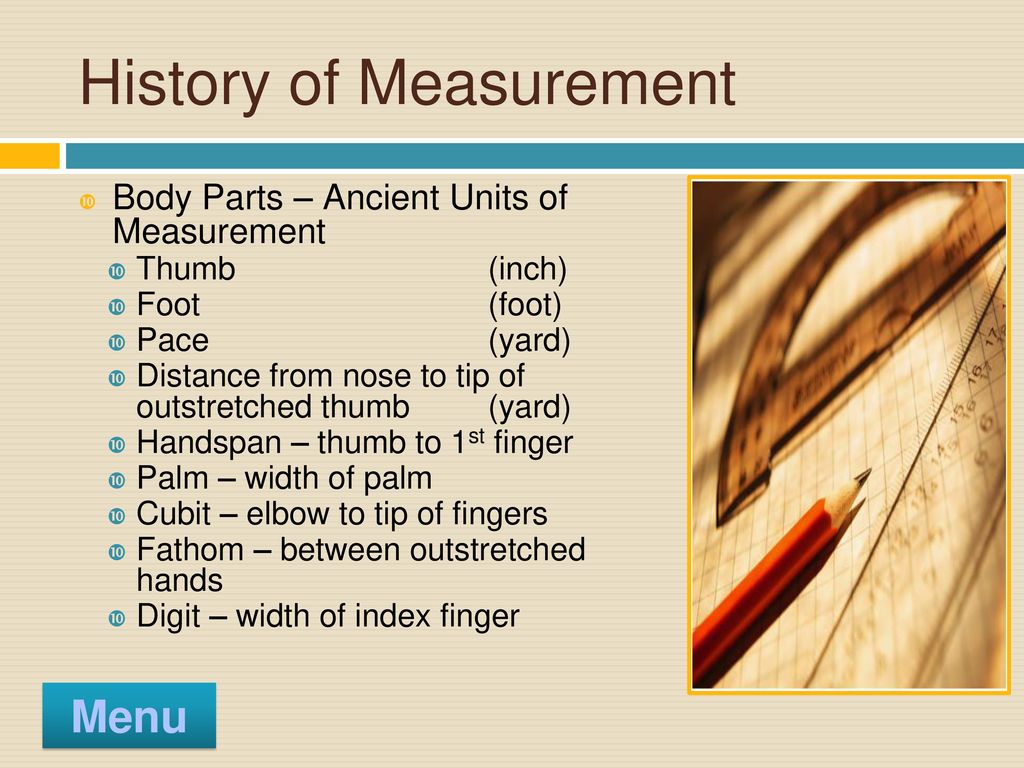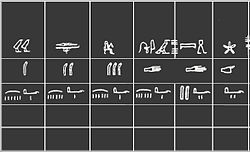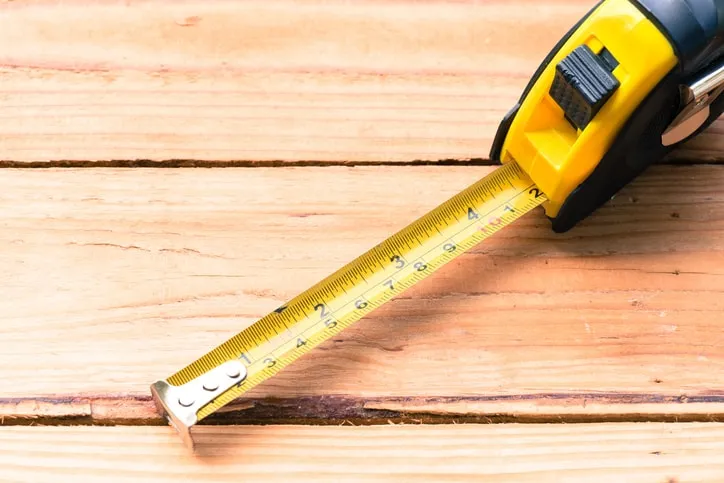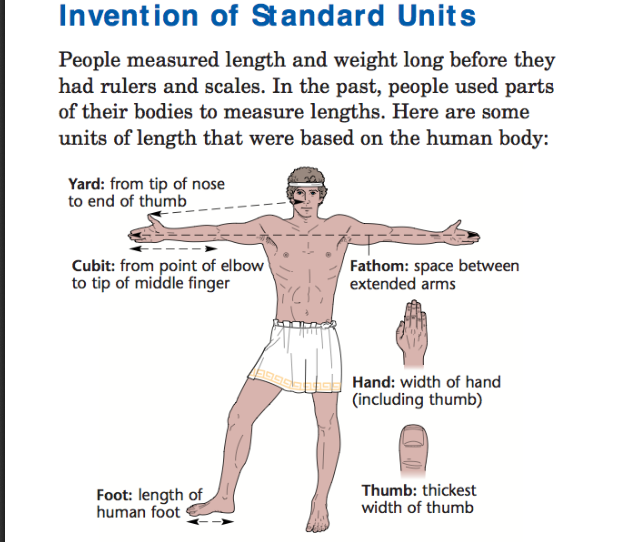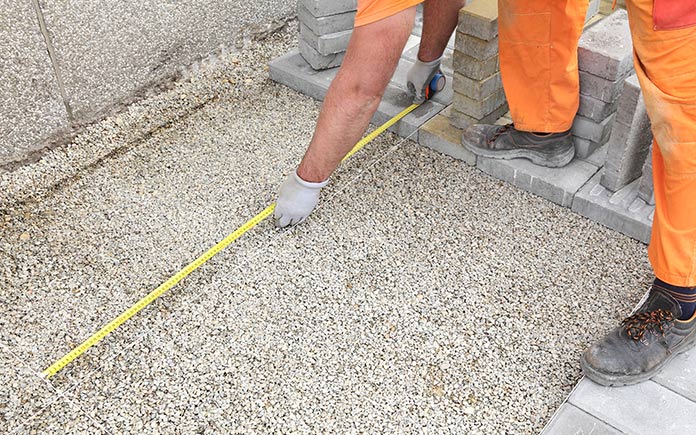Yard Body Measurement
The width of your own palm the length of your own foot and so on.
Yard body measurement. Example carpenters use their thumb to measure small insignificant measurements. A more accurate way use your body parts to estimate length is to know your own measurements. One meter 39 inches is a similar measurement to the yard above but use your arm with fingers extended and measure to the tip of the fingers. What an interesting post.
There are corresponding units of area and volume the square yard and cubic yard respectively. The yard is used as the standard unit of field length measurement in american canadian and association football cricket pitch dimensions and in some countries golf fairway measurements. The romans used this measurement and so can you. In ancient times the body ruled when it came to measuring.
If you use this measurement often measure your arm to see how close this measurement is to 1 yard. A cloth yard used to measure cloth is 37 in. Many small dump trucks with a single rear axle hold 5 cubic yards. Measurement of objects using body parts the handful the thumb measures 1 inch which is now the basis of measurement.
A 1963 act abolished such archaic measures as the rod and chaldron a measure of coal equal to 36 bushels and redefined the standard yard and pound as 09144 metres and 045359237 kg respectively. 10 responses to body parts as tools of measurement chris on january 21 2009 136 am. Yard unit of length equal to 36 inches or 3 feet see foot in the us. These estimates are just that.
Another measurement that i use is an inch made by bending my ring finger into a tabletop shape. This is an easy way to estimate yards and meters of cord fabric or ribbon. In casual speech a yard eg of concrete gravel or. Most 10 wheel dump trucks are considered to hold 10 cubic yards of dirt.
These are sometimes referred to simply as yards when no ambiguity is possible for example an american or. Customary system or 09144 metre in the international system of units. At first an inch was the width of a mans thumb. In the 14th century king edward ii of england ruled that 1 inch equalled 3 grains of barley placed end to end lengthwise.
It was also the standard length for arrows. The length of a foot the width of a finger and the distance of a step were all accepted measurements. A common way to estimate the volume of such material is to take the volume as calculated above and add 12 cubic yard for crowning.



